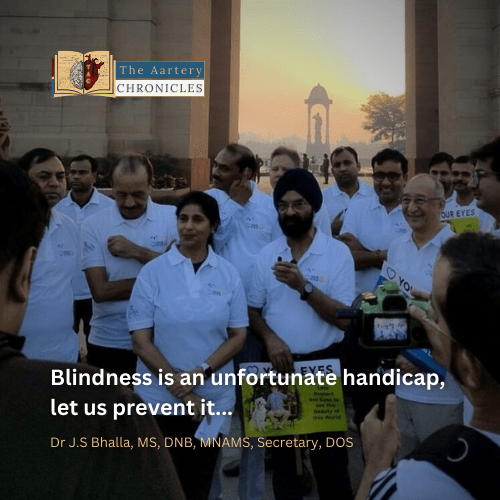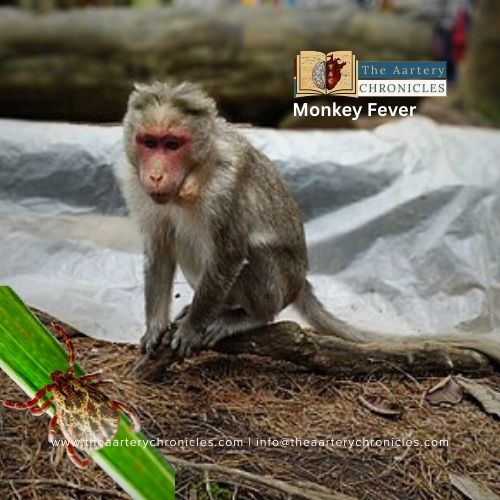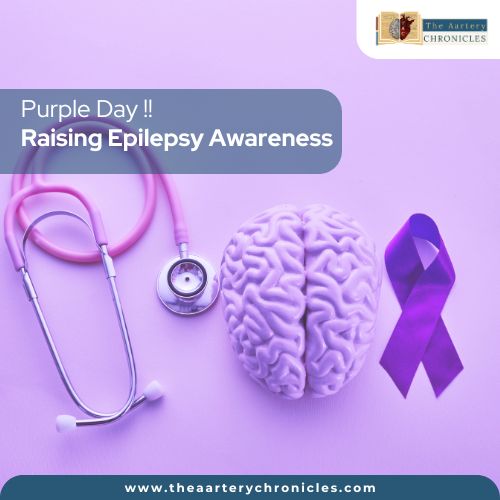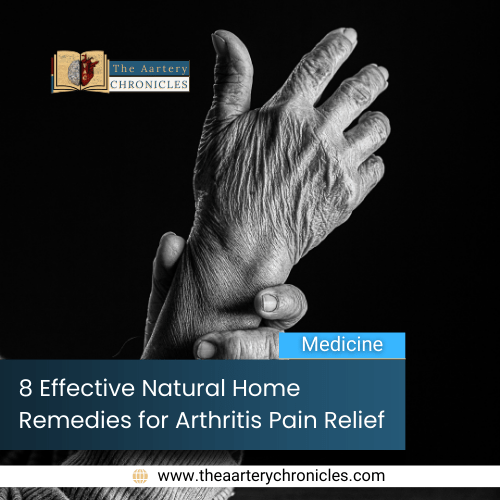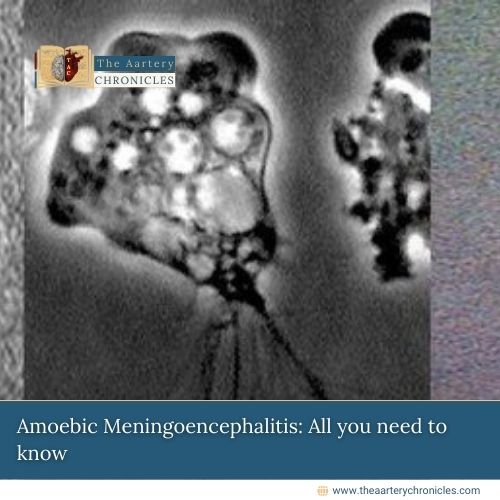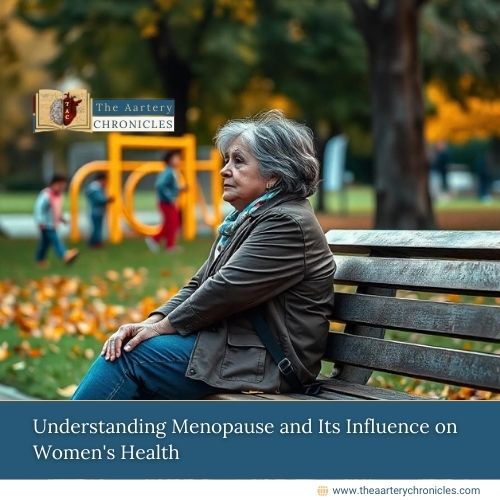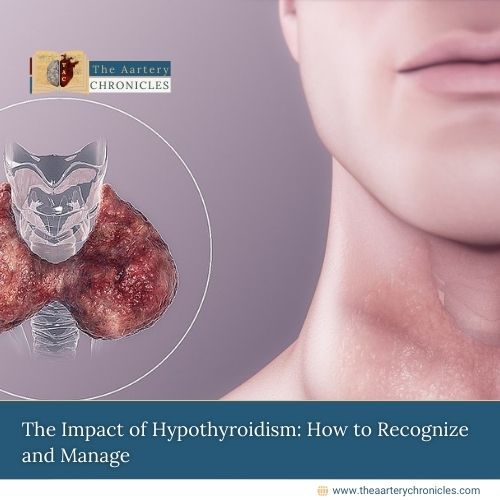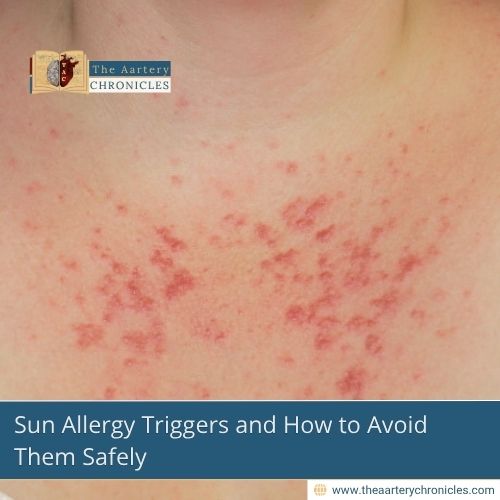
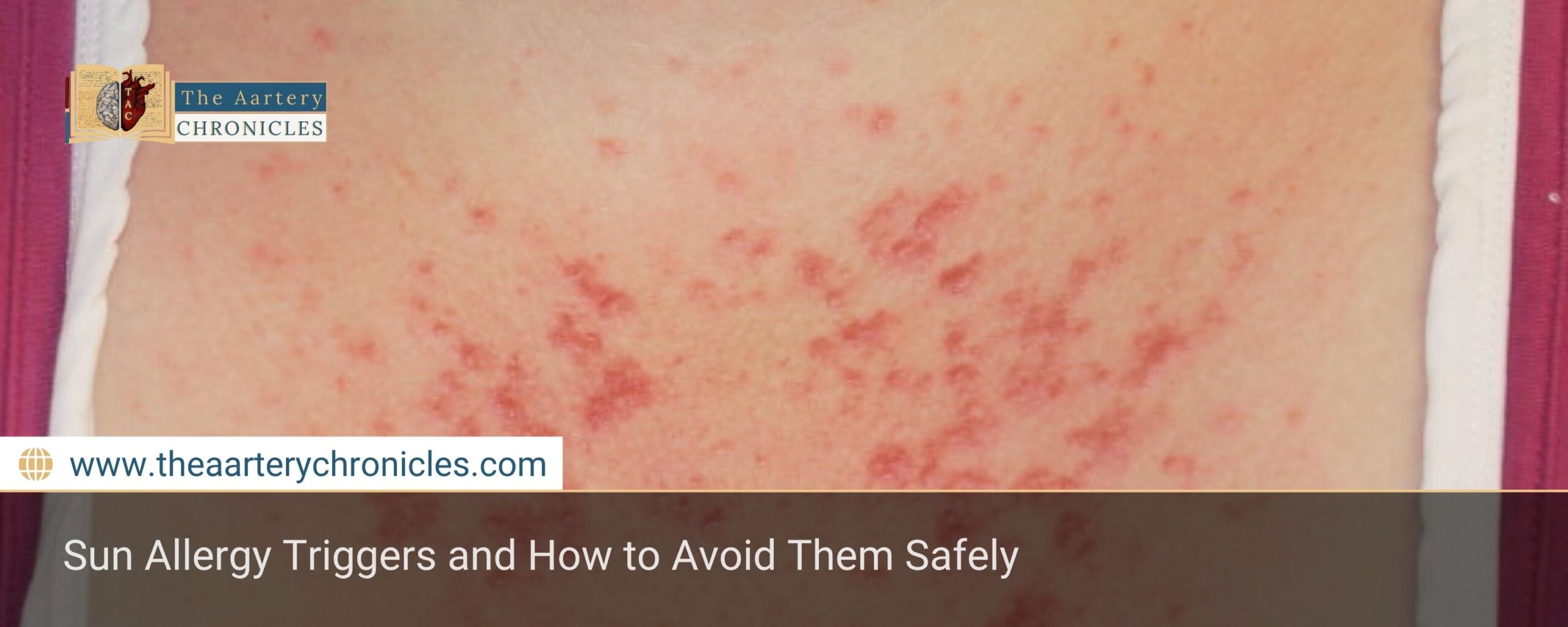
Sun Allergy Triggers and How to Avoid Them Safely
Sunlight allergy is a reaction of the immune system that causes an itchy rash on exposed body parts to sunlight. The reason is that our immune system activates its defence mechanism against the affected skin, which it considers “foreign”.
Types of sunlight allergies
Numerous types of sunlight allergies vary from person to person, who is exposed to sunlight.
- Polymorphus light eruption (PMLE): The rash affects the ‘V’ of the neck, back of the hands, outside portion of the arms and lower legs.
Symptoms: The symptoms are small bumps, patches, and blisters, a few hours after sunlight exposure.
- Actinic prurigo: This is hereditary PMLE, with intense symptoms, that affects people of American Indian origin, including those residing in North America, South America, and Central America. This is hereditary, and its symptoms begin in childhood or adolescence.
Symptoms of actinic PMLE: The symptoms are an Itchy or burning rash within two hours of sunlight exposure. There may be chills, malaise, headache and nausea for an hour or two. Rarely seen as red plaques, small fluid-filled blisters, or tiny bleeding areas under the skin.
- Photoallergic eruption: The reaction of sunlight with the chemicals of substances like sunscreen, cosmetics, fragrances, or antibiotic ointments, applied to our skin or ingested prescribed medication, causes photoallergic eruption.
Symptoms: The symptoms are an itchy red rash or tiny blisters on the exposed skin areas, and may even spread to the covered skin. This is a type of delayed hypersensitivity reaction; the symptoms begin after one or two days of exposure.
- Solar urticaria: The eruption of red and itchy bumps on skin exposed to sunlight is known as solar urticaria, is a rare skin condition primarily affecting young women.
Symptoms: The symptoms are the eruption of hives on exposed, uncovered skin within a few minutes of sunlight exposure.
Sunlight allergies may show up as bumps, papules, nodules, blisters, hives, itchiness, oozing, scaling/crusting, redness, swelling, stinging, and burning sensations. There may be rare incidences of systemic symptoms like headache, light-headedness, nausea, fainting, vomiting, shortness of breath, wheeziness, chest pain, muscle cramps, stomach pain, trouble swallowing, or even life-threatening anaphylaxis (with solar urticaria). Having dermatitis increases the risk of sunlight allergy.
Diagnosis and tests
A doctor can diagnose the conditions basis the symptoms, medical history, family history, and skin examination. Tests like a skin biopsy, blood tests, light testing, patch testing, and photo testing can additionally help in diagnosis.
Duration
- PMLE: The symptoms last around two to three days
- Actinic prurigo: In temperate climates, it has a seasonal pattern like PMLE. In tropical climates, the symptoms may last throughout the year.
- Photoallergic eruption: The duration is unpredictable. If the allergy-causing substance is identified and not used any more, they may disappear.
- Solar urticaria: Single hives vanish after 30 minutes to two hours, but can reappear after sunlight exposure again.
Preventive measures
Protecting the skin from the sun can prevent sun allergies. Here are some measures for the same
- Application of sunscreen with a sun protection factor (SPF) of 30 or above before moving outdoors, which protects against ultraviolet A and ultraviolet B rays.
- Application of sunblock on the lips, having an SPF of 30 or more.
- Spend less time outdoors when the sun is high, 10 a.m. and 4 p.m.
- Wear sunglasses with ultraviolet light protection.
- Wear long-sleeved clothes, long pants, and wide-brimmed hats to protect yourself from sunlight exposure.
- Choose skin care products and medicines (especially antibiotics) that do not cause sunlight allergies.
- Move indoors and out of sunlight.
- Place cool, damp clothes on the exposed areas
- Hydrate yourself and drink plenty of water.
- Consult your medical practitioner.
Caution
Do not self-medicate – always consult a medical practitioner to prevent complications as some medications like antibiotics, antifungals, antihistamines, cholesterol-lowering drugs, diuretics, birth control pills, non-steroidal anti-inflammatory medicines, retinoids, may cause photoallergic reactions.


